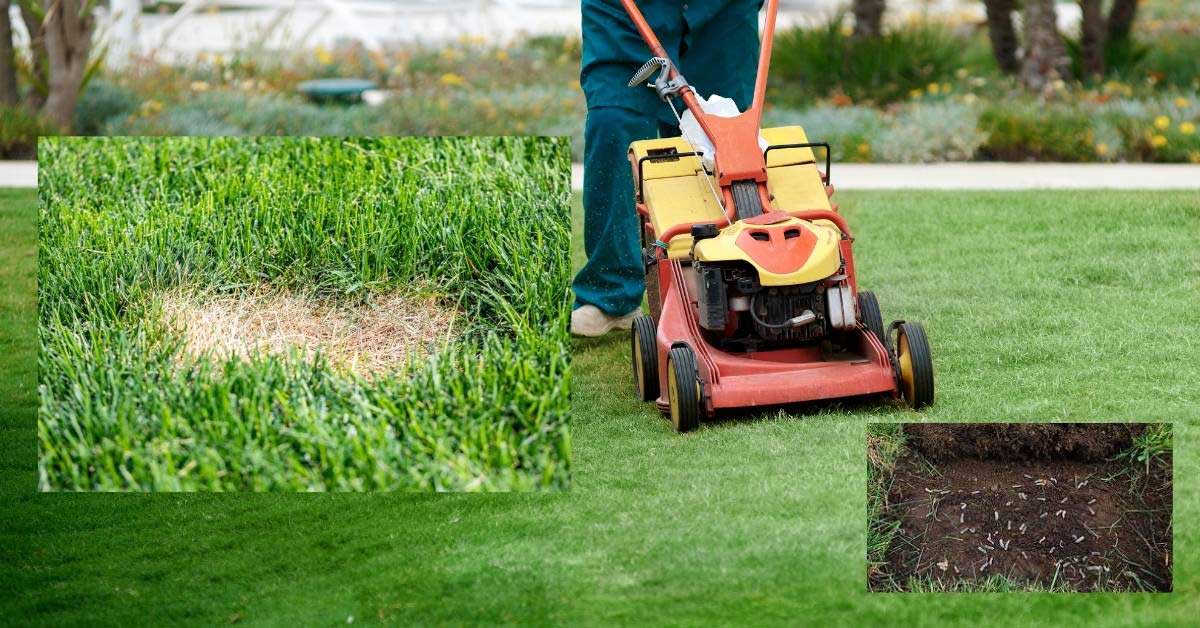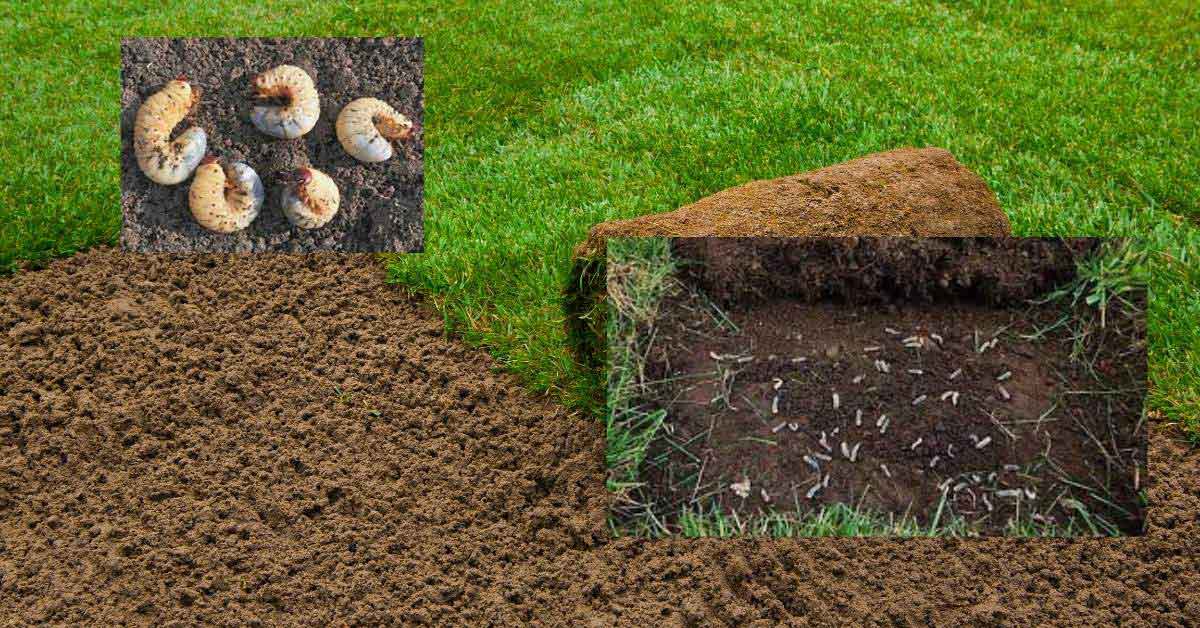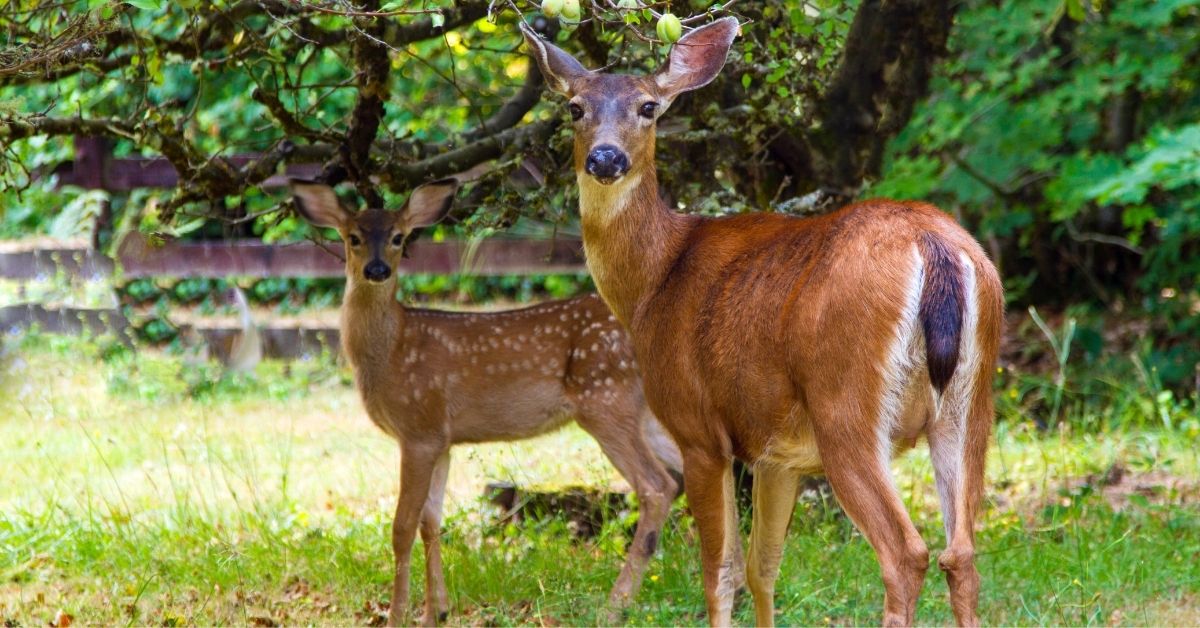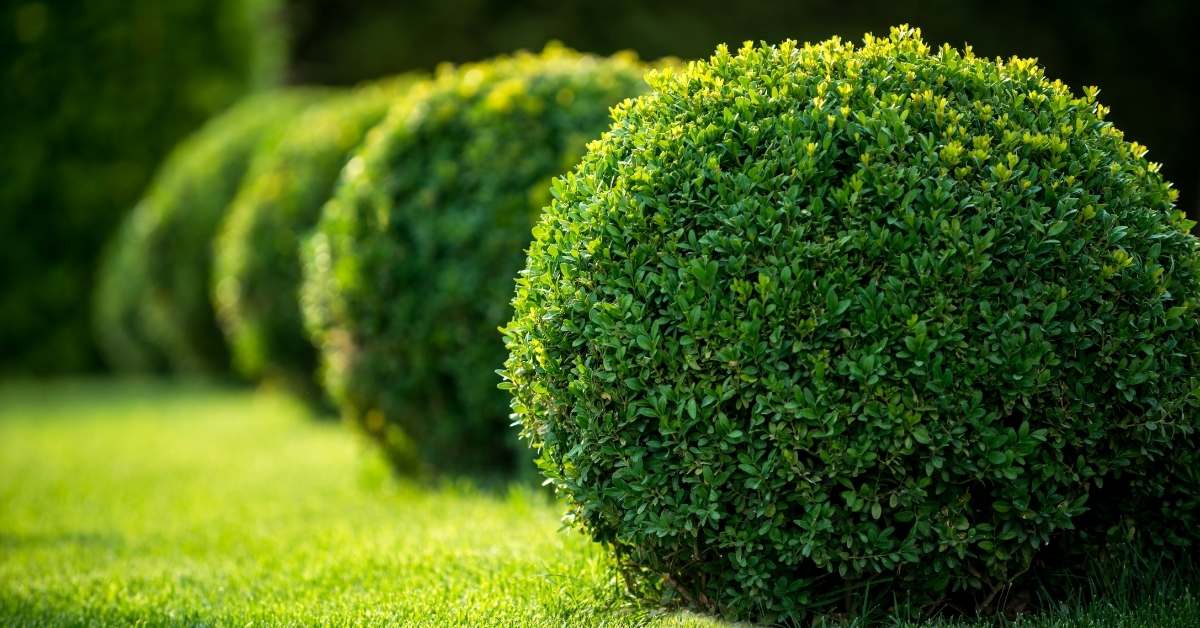Homeowners often raise a concern about lawn grubs and how best to manage them. If your are one of them, keep reading to learn about how to deal with lawn grubs.
Thses worms usually show up in the early months of fall in the Midwest. Only a small percentage of yards will ever be affected by lawn grubs, but they are capable of inflicting severe damage if you have a large population in your yard.
How do you know if your yard has lawn grubs?
Grubs feed on grassroots, so your yard will begin to brown and wilt in many areas. Of fact, there are a variety of other causes for lawn browning, and the grub isn’t necessarily the most likely culprit. Check one of the brown areas by lifting up the sod.
If you see ten or more lawn grubs in a one-foot square area, your lawn is infested enough to be seriously damaged.
There are many other factors besides lawn grubs that can cause roots to become poorly attached to the sod in which they grow. Lawns in shady areas sometimes have weaker roots that can be pulled up more quickly.
Grubs aren’t usually a factor in shady yards. Some yards can be pulled up easily because a part of the lawn was dead, and the roots were loosened.

Why does your lawn have grubs when your neighbor’s lawn doesn’t?
A beetle is the adult stage of the grub, and beetles can fly. It could be simply a random thing that you have lawn grubs, but your neighbor doesn’t. Adult beetles generally choose to lay eggs in a yard with many direct suns and good moisture levels in the soil.
So, if the weather in your area has been dry, but you water your lawn more than your neighbors do, your yard may have become a target.
Check out these articles:
- The Top 7 Lawn Pests and Insects… Beware!
- How to Apply a Crabgrass Preventer in March
- Homeowner Lawn Care | Watering During Summer
Can you prevent damage caused by lawn grubs?
You do have options in the area of prevention. You can let your yard go into a dormant state if you have dry conditions, which will reduce the chance of grub damage. This will, of course, mean your lawn will look brown for the season.
You can also check your grass frequently as you advance into the later months of summer and watch for areas of grass that begin to brown. Check that area for lawn grubs, and use an insecticide to eradicate them. This should prevent most damage.
Also, if you notice adult beetles in your yard in late July, you can apply other products that work before the actual grubs are present to prevent damage. With any insecticide, be sure to follow label directions carefully.
Keep your eye on your yard as the dangerous months for lawn grubs approach. This will help you to catch them early and minimize the amount of damage they can do.


